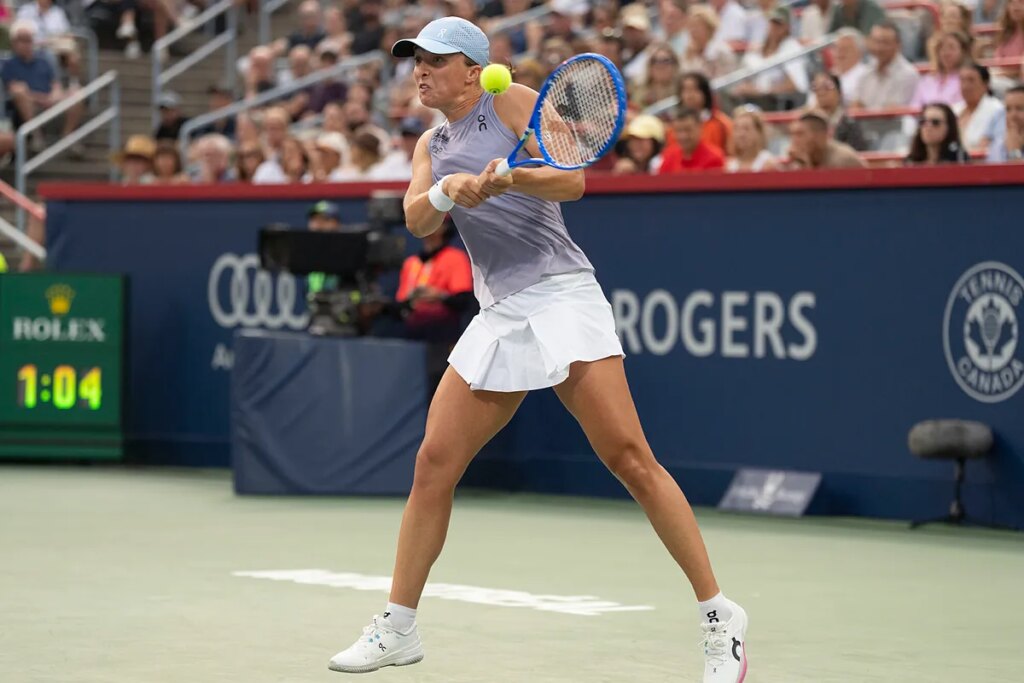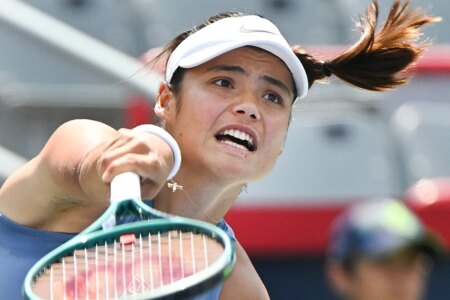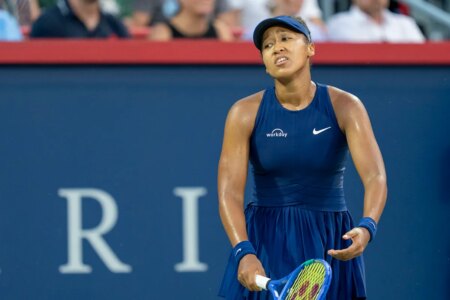Tennis enthusiasts and insiders frequently debate the fairness and complexity of tournament scheduling, especially at major events.
Recently, Brad Gilbert, a well-known former coach who guided Coco Gauff to her breakthrough 2023 US Open victory, added fuel to the discussion by pointing out a curious pattern involving one of the sport’s biggest stars, Iga Swiatek.
Gilbert took to social media to highlight Swiatek’s recurring early match times at the Cincinnati Open, specifically noting her tendency to play the very first match on center court, typically scheduled at 11 a.m. local time. In a tweet that quickly grabbed attention, he wrote, “You don’t even have to look at schedule and know Iga Pop on 1st at 11am wonder if her team ask for that or just happens that way a lot.”
By using Swiatek’s nickname “Iga Pop,” Gilbert brought a casual but pointed tone to his observation, suggesting a pattern that might be more than mere coincidence.
This remark ignited questions among fans and analysts alike about whether Swiatek’s team deliberately requests these coveted early time slots or if it’s simply how tournament organizers assign matches based on standard protocols.
The intricacies behind tournament scheduling
Scheduling matches at a prestigious tournament like the Cincinnati Open involves a delicate balance of numerous factors. While matches across various courts often begin at 11 a.m., center court assignments, particularly the first match of the day, are highly visible and sometimes perceived as a privilege.
However, the reality of scheduling is far more complex than just player preference.
Organizers must consider many elements, including players’ rest intervals between rounds, broadcast timing requirements, and overall venue capacity management. These factors all influence the match order and start times.
Furthermore, the ATP and WTA introduced updated rules in 2024 aiming to regulate match scheduling more fairly. These guidelines limit the number of matches that can start at 11 a.m. on a single court to five per day, a move designed to address player concerns about excessively late match finishes and inadequate recovery time.
As a WTA 1000 event, the Cincinnati Open often gives top-seeded players scheduling priority, but early slots are standard practice and assigned to multiple players, not just a select few. Official data show that first matches at 11 a.m. are spread across various courts throughout the tournament.
In 2025, the tournament expanded to 24 sessions over 14 days to provide athletes with more rest and reduce scheduling conflicts. Despite Brad Gilbert’s intriguing comments, tournament officials have not confirmed any special requests from Swiatek’s team for specific match times.
This debate underscores the ongoing evolution of professional tennis scheduling, as organizers strive to balance player welfare, fan experience, and broadcast demands. Whether Iga Swiatek’s frequent early starts are part of a strategic request or simply routine tournament procedure remains uncertain.
Regardless, Gilbert’s observation has sparked an engaging discussion on the fairness and transparency of scheduling practices at the highest level of the sport.
Read the full article here










